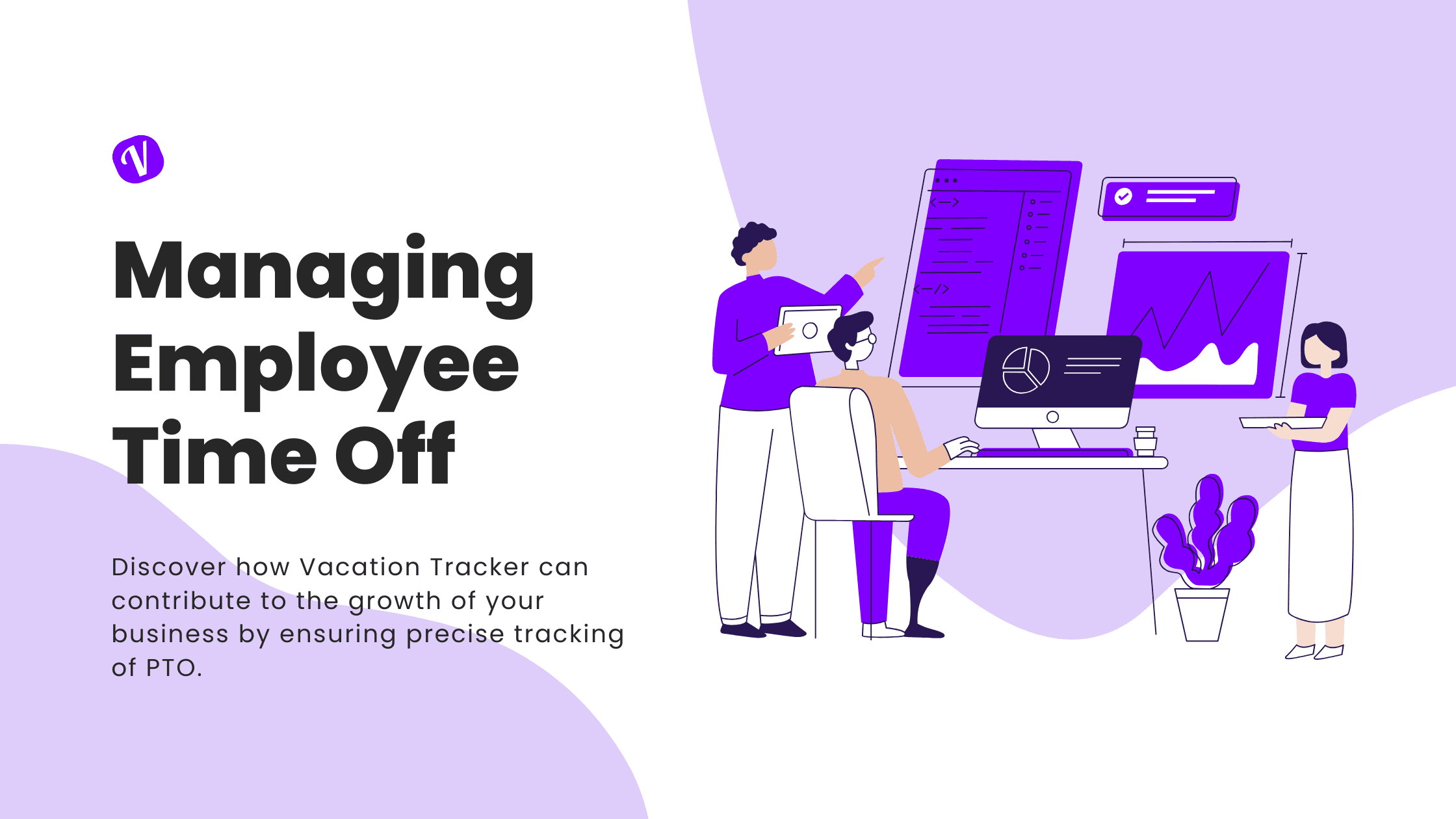How to Properly Take a Leave of Absence from Work
Reading Time: 3 minutes
Table Of Contents
A leave of absence from work can take many forms.
Maternity. Jury duty. Illness. Family care. Disability. Child adoption. Injury. Burnout. Bereavement. We take a leave of absence from work for many reasons. It might just last a few days or extend to a prolonged period of time. Depending on the employer, it will be paid or unpaid. Even though it takes many forms, going through a leave of absence can be a stressful experience, and asking for one is certainly a delicate matter. Here are some suggestions on how to go about a leave of absence from work.
Information and situation processing
Assess your situation and priorities and consider your options by gathering more information to help you through a challenging time. Because in reality, it’s not like we could simply take off and go back to work whenever we feel like it. Information is power. It might work best in our favor. When considering a leave request, start first by getting informed about your employer’s policy when it comes to leave of absence. It differs among countries, provinces, and organizations. Refer to your local labor laws and regulations organizations, read your employee booklets, visit your online HR platform or inquire about the department information on internal policies, and find out what types of leaves are you eligible for paid leave.
These are all tools to help you better plan for financial alternatives and look for other potential options that you might not have considered, such as asking for temporary work from home, reduced hours, or reorienting career goals with part-time positions.
Communication
Of course, there is no requirement on your part to divulge your personal problems in detail to all your coworkers. But once the course of action is sorted out, clearly request a leave with one-on-one direct communication with your immediate supervisor before anyone else in the workplace. The earlier the notice, the better for everyone to manage the imminent changes.
Depending on the team culture, have a casual face-to-face chat with your supervisor (pick a moment when it is least stressful for them), or send an email with a formal letter attached. Whichever the approach, be sure the message includes: a purpose (a leave of absence from work), a reason (medical, personal, etc.), a specific end date, or at least an approximate duration of your leave, and what you are willing and prepared to do in order to ease the transitions of you leave and return.
Preparation
Only if your circumstances allow (like a parental leave), preparing the ground at work makes for a smoother transition for your temporary departure, your team, and your return. Before leaving, make sure to leave your workspace – virtual and physical in a way that another colleague could seamlessly pick up where you will have left off. To achieve this, you need to be your own work cleaning clerk. Hash things out with a team meeting to help you figure out if your role is part impacts a team or many teams and departments.
Delegate and assign your tasks. Sort out the files you are currently working on. Clean your desk and emails. Arrange your folders. Archive completed projects. Pop into HR for a quick chat to make sure you have everything in order or if you have any questions to ask them. Insert summary notes to highlight priorities, things left to do, specific details, particular demands, special contacts, information sources, and login info. Write a procedure manual or an FAQ if necessary.
How To Prepare
Make a list of resources and training or tutorials needed for your tasks. Make sure to also include key resources and contacts that your team members and managers can refer to for further information. If you believe this could be useful for the team, email a detailed summary of how you have arranged your workload, where to find it, and how to look for whatever resource your team might need. Or host a lunch and learn meeting about it. Make time for shadowing or training your replacement.
The process of getting things in order allows being mentally prepared to make room for a new chapter in your life that comes with a leave of absence while having some reassurance that you did everything in your power to make things go smoothly for your team. One last extremely important note is plants. No matter how long your time off is, or how trustworthy your colleagues are, bring your plants home with you to keep you company.
Upon return from your leave of absence from work, it could be a nice idea to get in touch with your team or manager a few days prior, as a friendly reminder, but also as an opportunity to catch up with updates and new changes in the organization in order to better manage expectations of your first days back to work.

Shirley Tran
Shirley is a Vacation Tracker occasional contributor. She’s held a few positions in communications, marketing and copywriting. When she’s not at her laptop, you can find her daydreaming about her laptop and chasing the sun while people watching.



